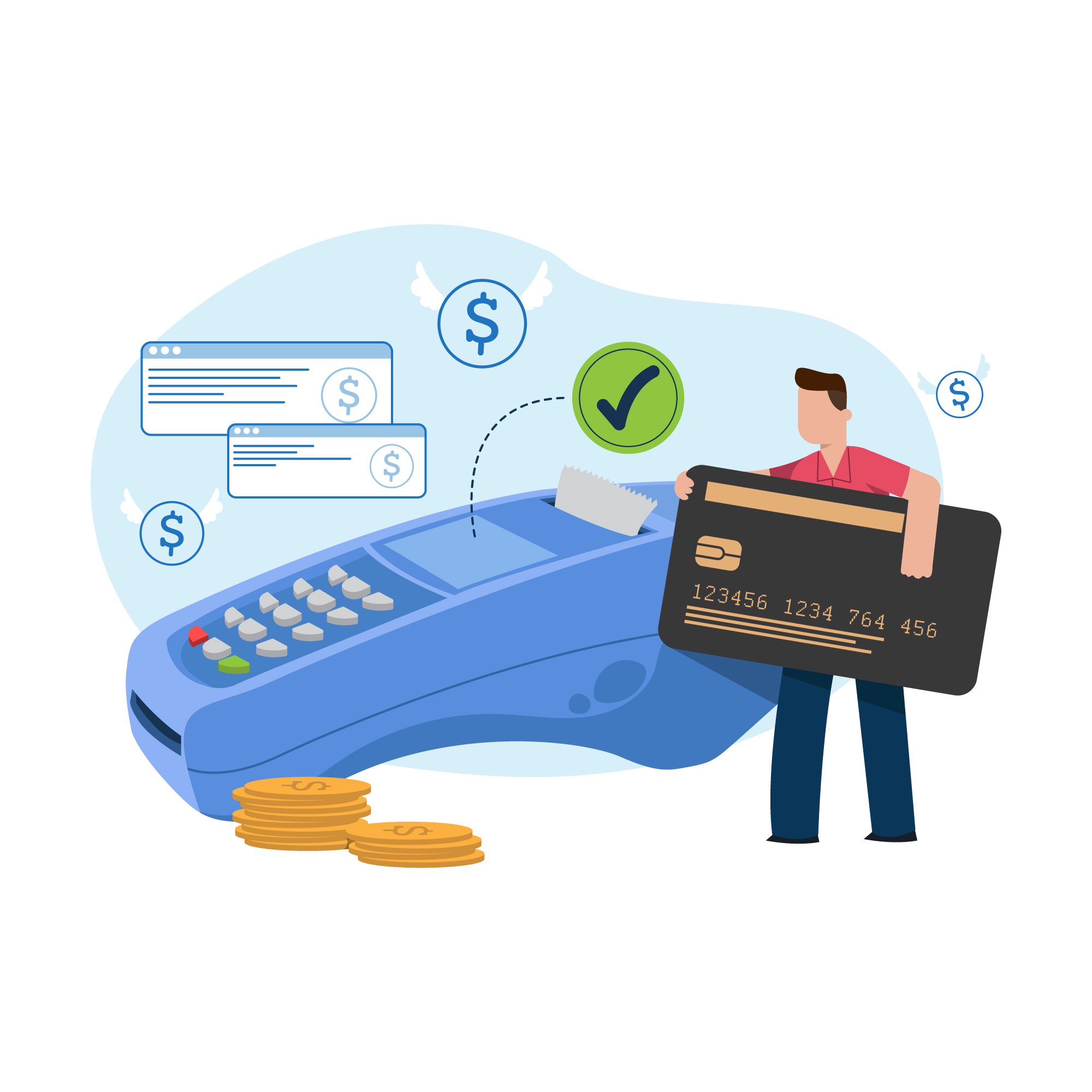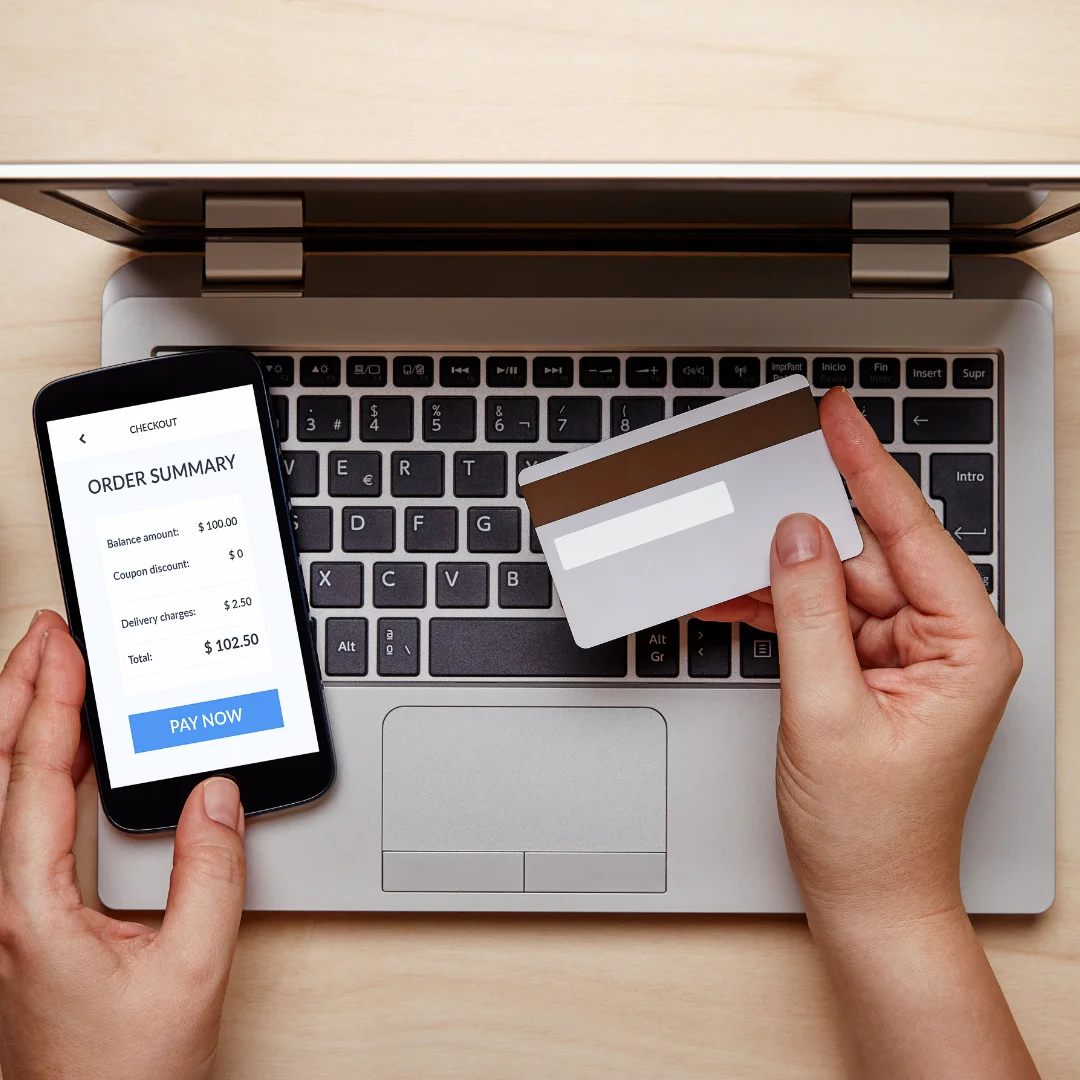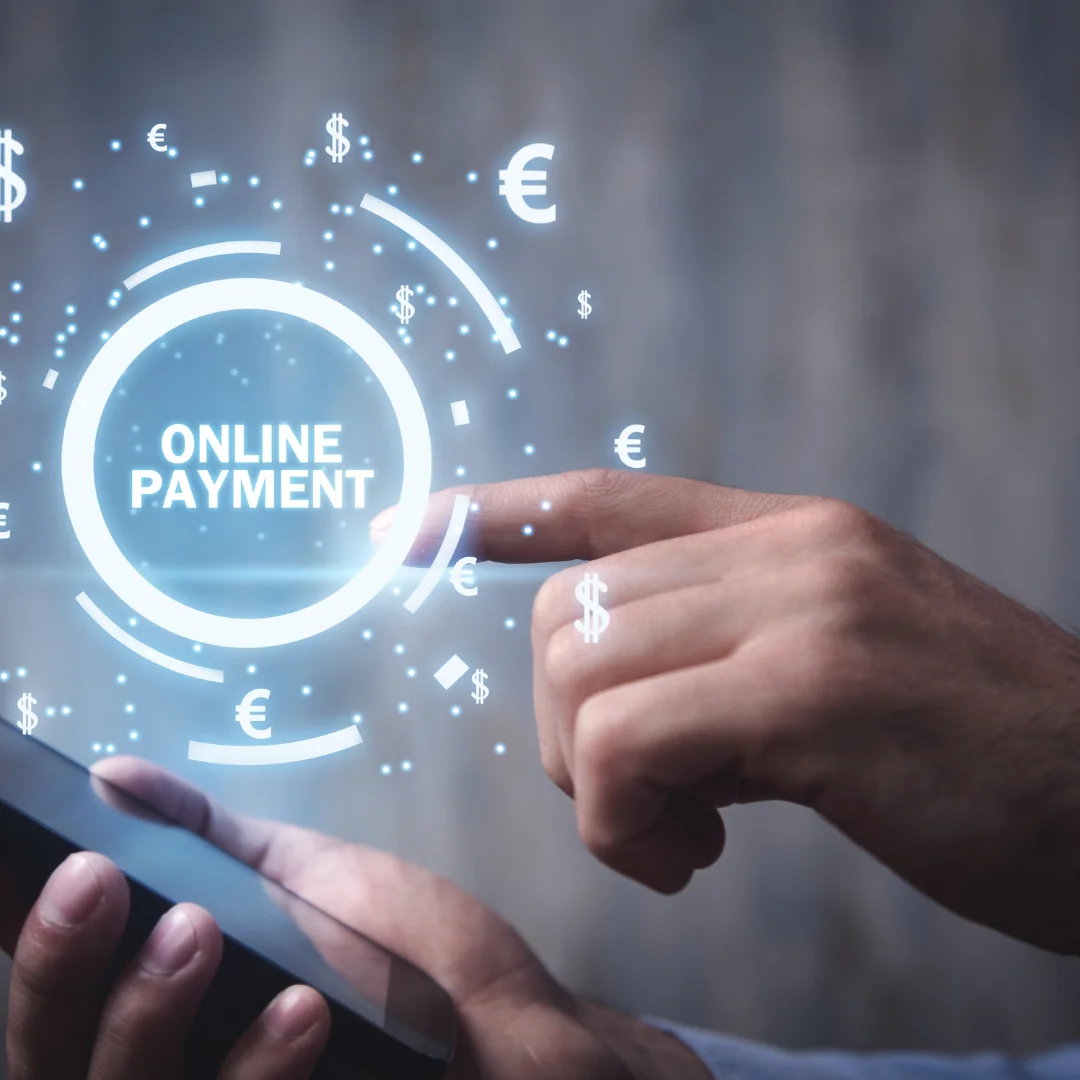We handle contactless payments, offering convenience, speed, and security. As technology continues to evolve, the future of contactless payments holds more exciting possibilities. Here are a few pictures of what’s coming next.
First, we can expect increased adoption of contactless payment methods. With the rise in popularity of mobile wallets and wearable devices, traditional payment methods such as cash and cards are giving way as more people embrace digital wallets and smart devices, contactless payment insertions will become commonplace, allowing for easy communication in a variety of ways.
Additionally, future contactless payments will see improvements in biometric authentication. Facial recognition, fingerprint scanning, and iris recognition also play an important role in enhancing security and reducing fraud. This biometric technology provides a personalized and secure experience, eliminating the need for PINs and passwords.
Additionally, the Internet of Things (IoT) will revolutionize contactless payments. Smart devices such as connected cars, smart refrigerators, and wearables will be charged, enabling effortless transactions. Imagine your car paying for fuel on its own or your refrigerator recharging and paying for groceries—all without human intervention.
Another exciting development is the integration of contactless payments into virtual reality (VR) and augmented reality (AR) experiences. Shopping at virtual stores or trying on virtual clothes will be made possible by the ability to pay immediately in the virtual environment. This immersive and simple payment integration will create a whole new range of shopping experiences.
Additionally, blockchain technology will play an important role in the future of contactless payments. The decentralized and transparent nature of blockchain will increase security and reduce transaction costs. It will also enable faster payments between countries, without the need for intermediaries to simplify the process.
Finally, it will bring a personalized and contextual payment experience in the future. Artificial intelligence and machine learning algorithms will analyze customer behavior, preferences, and purchase history to deliver personalized recommendations and customized offers This hyper-personalization will increase customer satisfaction and drive engagement in.
In conclusion, contactless payments have great potential in the future. Widespread adoption, biometric authentication, IoT integration, VR/AR experiences, blockchain technology, and personalized experiences are just a few of the factors that will shape the way we communicate. As these innovations continue to evolve, contactless payments will surely become an integral part of our daily lives, making transactions easier, more secure, and seamless.











